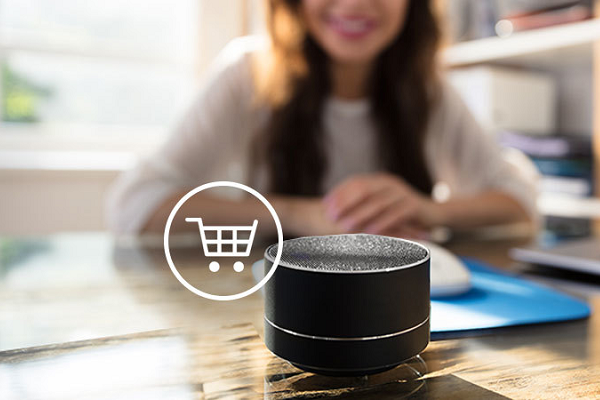
A January 2019 survey found that about 45% of Millennials had used voice technology like the Google Home or Amazon’s Alexa to conduct some kind of shopping activity. As users become increasingly comfortable with using voice-assisted technologies like smart speakers, this will likely increase — to a point.
It’s still a bit of a leap to think that we might be ordering new apparel or home decor without ever seeing it, but easier to imagine a use case for reordering, for example: “Alexa, put dog food in my shopping cart.”
In this case, Amazon remembers your brand and quantity preferences, making reordering a breeze.
The ultimate future for this, though, builds on the voice commerce trend along with the rise in subscriptions to reach automated commerce (acommerce) and headless commerce-powered IoT devices.
“Headless commerce is reaching a point where it’s defining itself in the market,” said Amir Hessabi, an enterprise solutions engineer at BigCommerce. “We’re thinking about headless as a commerce engine that can be paired with anything — like IoT devices.”
With acommerce, an IoT-connected device will sense when you’re running low on an item you subscribe to and will automatically order it for you.
Talk about inventory management — for your fridge.
Brands with products that fit in well with that model — consumer packaged goods, for example — are the ones who should spend the most time thinking about this one.
Voice search and SEO.
Think about the way people search. When a search phrase is typed, it typically focuses on keywords — e.g., “red jacket.” Voice search, however, is more likely to happen in the form of a question: “Where can I find a red jacket?”
SEOs should watch this trend closely to assess how it might change best practices or impact page ranks.

Comments